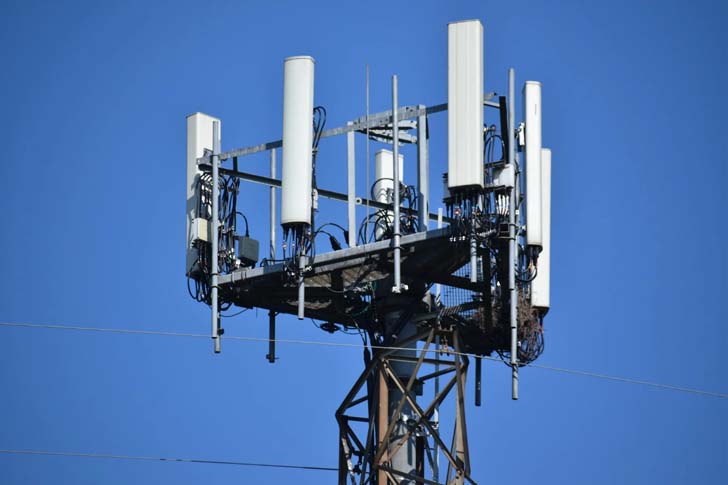How to Find 5G Networks in Your Area
With the gradual global rollout of 5G, more people are curious about when they can take advantage of its incredibly fast speeds and reduced latency. Whether you’re a technology enthusiast or someone keen on the latest connectivity benefits, knowing how to locate a 5G tower near you can enhance your understanding of network coverage and availability. Here’s your comprehensive guide to identifying nearby 5G towers, with practical advice to ensure you get up-to-date and accurate information.

The Basics of 5G Technology
Before jumping into locating 5G towers, it’s essential to understand what 5G is and how it works. 5G stands for fifth-generation cellular network technology, providing faster speeds, more reliable online connections, increased capacity, and lower latency compared to previous generations. Unlike 4G towers that can cover large areas, 5G uses multiple smaller cells. This means towers and small cell sites must be more densely located to provide comprehensive coverage.
Why Locate a 5G Tower?
Locating a 5G tower can help you:
1. Verify the presence of 5G in your area.
2. Understand potential signal strengths and weaknesses.
3. Make informed decisions regarding device upgrades or carrier switches.
Tools to Locate 5G Towers
Various tools can assist you in finding 5G towers nearby. Here are some of the most effective methods:
1. **Online Maps and Apps**:
– **CellMapper**: This is a crowd-sourced cellular tower and coverage mapping service. This tool allows users to see not only the location of towers but also detailed network information. It supports all major networks and frequencies including 5G.
– **Opensignal**: This app collects anonymized data on signal strength and network speed. They also offer maps showing network coverage and tower locations, including 5G.
– **GSMA’s Network Coverage Maps**: The GSMA provides detailed network coverage maps that are updated by its members globally and may include locations of 5G towers.
2. **Network Operator Websites and Apps**:
– Most telecommunication operators provide coverage maps on their websites. They offer the most direct resource for checking the availability of their 5G services and the locations of 5G towers.
– Checking through your network provider’s dedicated app is another practical approach since these apps usually include tools to check local coverage.
3. **Government and Regulatory Websites**:
– In some regions, telecommunication regulatory authorities provide maps or databases of cell tower locations which include 5G. These can be accessed online, offering a highly reliable source of information.
Gathering Accurate Information
While online tools and apps provide an excellent starting point, they are sometimes not updated in real-time or might have gaps in data, especially in rural areas or newly developed urban locations. To counteract this, consider the following:
– **Cross-reference multiple sources**: Don’t rely on just one source. By comparing data from various apps, maps, and websites, you can triangulate more accurate information.
– **Community forums and local enquiries**: Sometimes, local knowledge is the most accurate. Check technology forums, local community boards, or even ask in local stores or news centers about the presence of 5G infrastructure.
5G Rollout and What to Expect
The rollout of 5G towers is ongoing and varies significantly between different areas. Urban areas typically see faster and more dense coverage rollout compared to rural locations. According to a report by the Global mobile Suppliers Association (GSA), as of late 2022, there were over 200 operators in more than 85 countries investing in 5G networks. This rapid expansion means continuously updated information is vital for accuracy.
Benefits of 5G Expansion
The advancement from 4G to 5G is a quantum leap in technology, offering benefits such as:
– Enhanced mobile broadband (eMBB)
– Ultra-reliable low-latency communications (URLLC)
– Massive machine type communications (mMTC)
These improvements not only accelerate internet speeds but also enable innovations across multiple sectors including smart cities, industrial automation, and IoT.
Conclusion
While the technology is still rolling out, keeping up with where 5G towers are located is beneficial not only for leveraging these networks but also for understanding how this new technology impacts your immediate environment. The future of connectivity is here, and staying informed is the best way to make the most out of 5G advancements.







Recent Comments